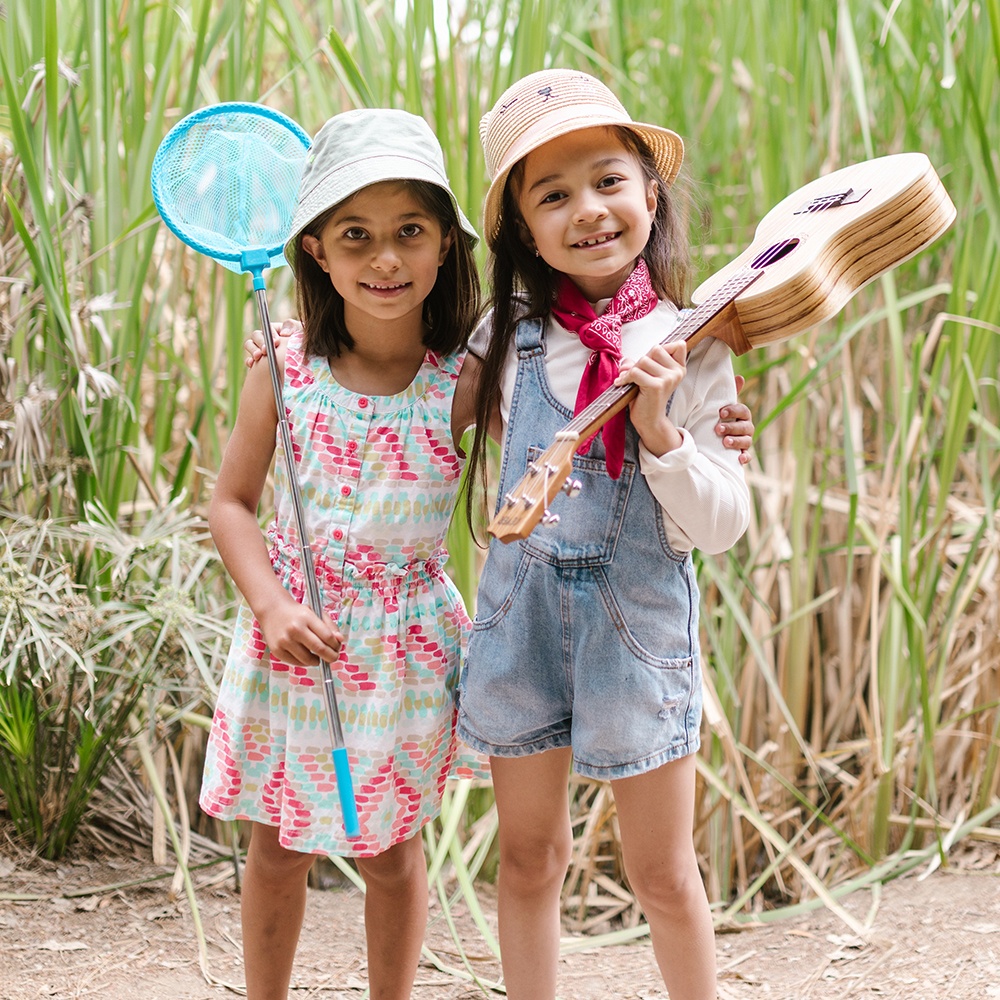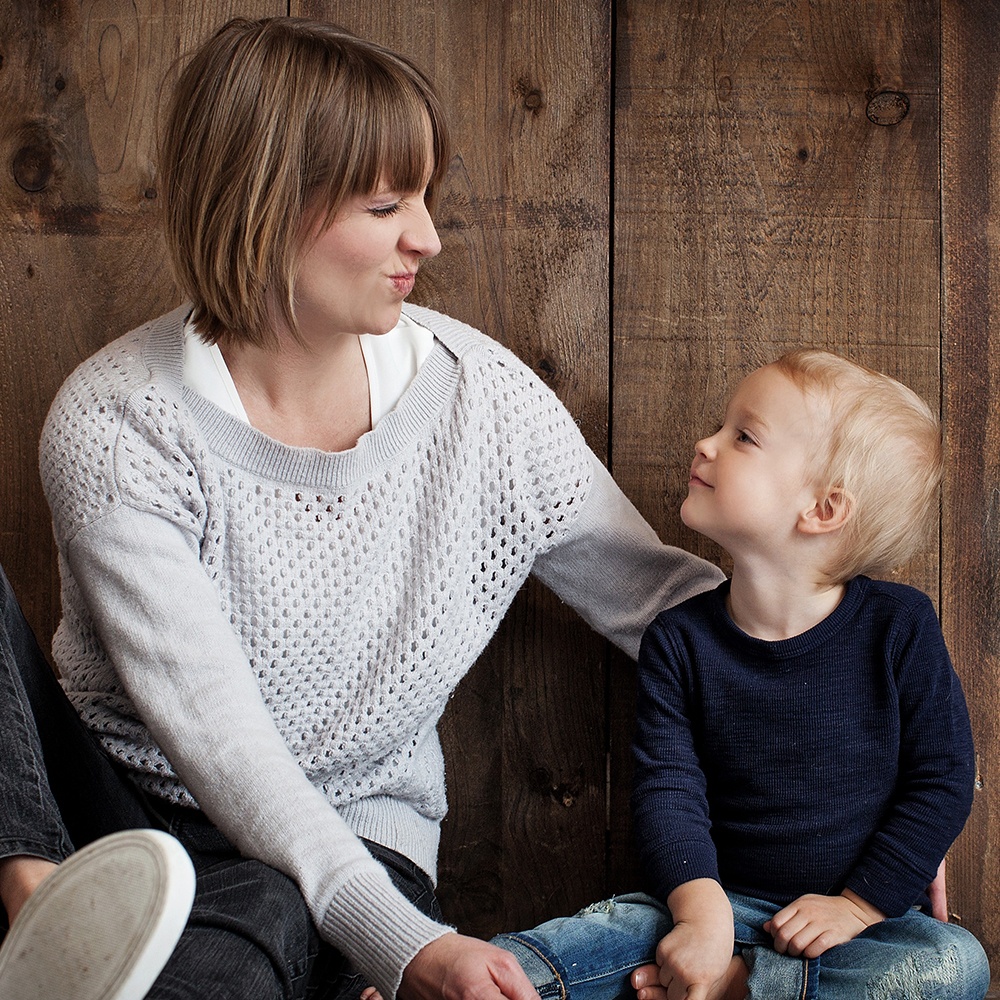Summer is almost here and we’re excited to give you some great summer family activities in Calgary. Whether you are looking for something indoor or outdoor, Calgary has lots to offer in terms of entertainment. There are also lots of great restaurants to sit down and eat at, but we’ll leave those for another day. Today we are focusing on FUN!
Amusement & Water Parks
Looking to spend the day outside having a blast? Calgary has some amazing outdoor amusement and water parks perfect for a nice day.
- Calaway Park – Western Canada’s largest outdoor family amusement park.
- Village Square Leisure Centre – 5.5-acre indoor leisure centre featuring a safari themed water park, a jungle gym, 2 skating arenas and more!
- The Calgary Zoo – The Calgary Zoo features numerous animals, rides, play areas, dining and much more.
Calgary Shopping Attractions
Interested in spending the day inside, looking for some new clothes or toys? There are many shopping destinations throughout Calgary but we’ve tried to narrow it down to only the best.
- Stephen Avenue Walk – Calgary’s only pedestrian mall, offering shopping, restaurants and entertainment venues with a unique experience.
- CF Chinook Centre – The CF Chinook Centre is a premier shopping destination that offers hundreds of brand name stores, restaurants, and entertainment.
- Core Shopping – Described as Calgary’s luxury shopping destination, Core Shopping offers 160 stores, including international brands.
Museums in Calgary
Looking for something a bit more educational for the day? Calgary has many great museums and historic sites to visit. These are some of the top rated according to TripAdvisor.
- Gasoline Alley Museum – Gasoline Alley is an automotive museum featuring pre-1950s cars and vintage pumps & signage.
- TELUS Spark – TELUS Spark is a museum for people of all ages with interactive exhibits, multimedia presentations and educational demonstrations.
- YouthLink Calgary Police Interpretive Centre – Featuring immersive exhibits and Alberta’s largest collection of policing artifacts, this hands-on learning centre offers lots to do and see!
Games & Entertainment
If you want to have a fun day without being outside, Calgary has lots of attractions to offer. We’ve tried to select 3 different family activities to highlight but there are many more places to check out and enjoy!
- Escape Capers YYC – Experience a real-life puzzle and mystery as you try to escape from a mysterious room, customized for each group and their abilities.
- Skyline Luge Calgary – An unique wheeled gravity ride down the longest Luge track in the world! Every age is welcome to go on the adventure.
- Flying Squirrel – This indoor fun park features spring-loaded floors for all ages, bring the whole family to jump around!
No matter what you have in mind, Calgary has attractions sure to fill your day with fun. From museums and entertainment centers to Zoos and shopping malls, no day should go without entertainment this summer. We hope that you have a safe and great summer!























